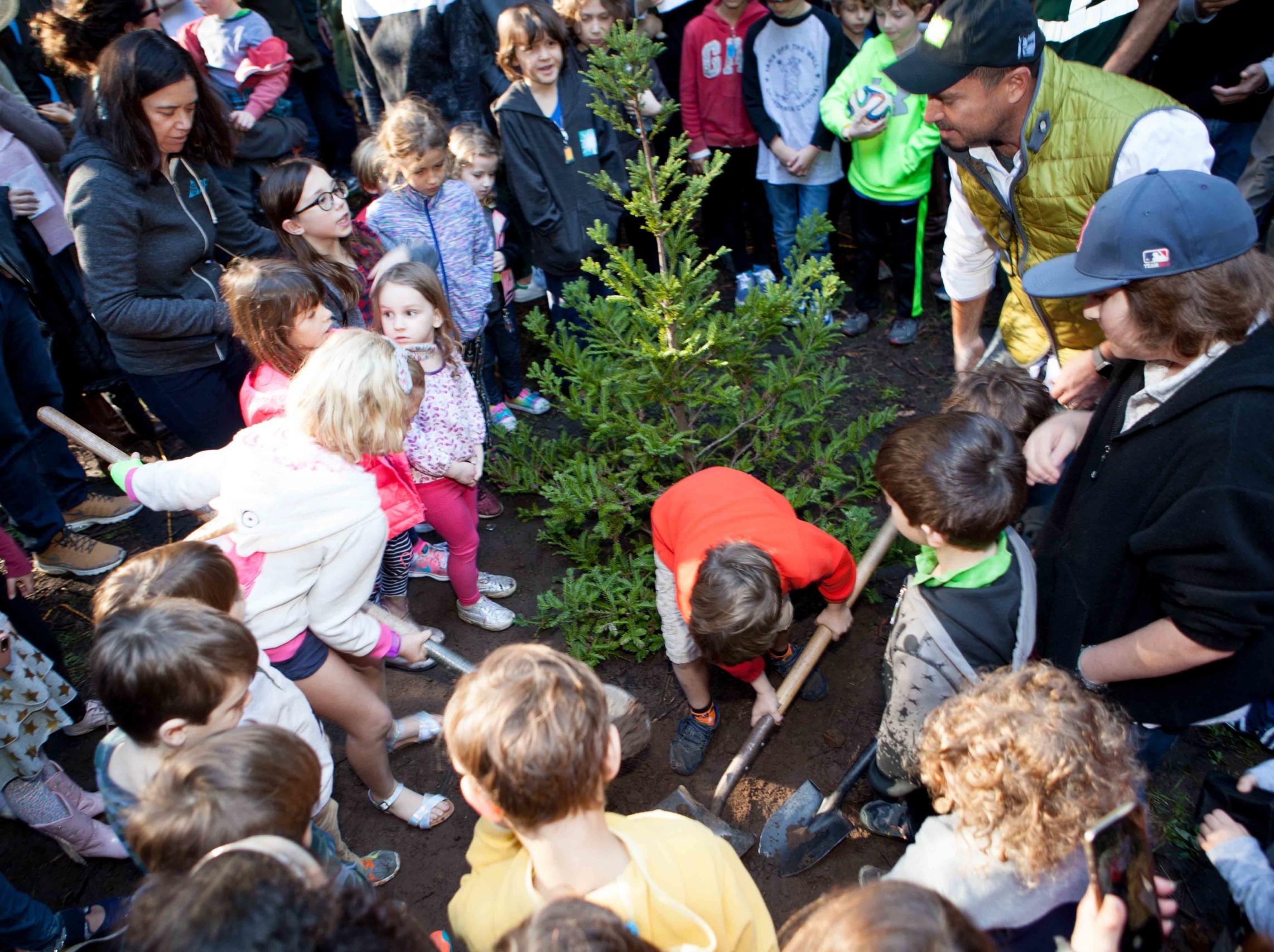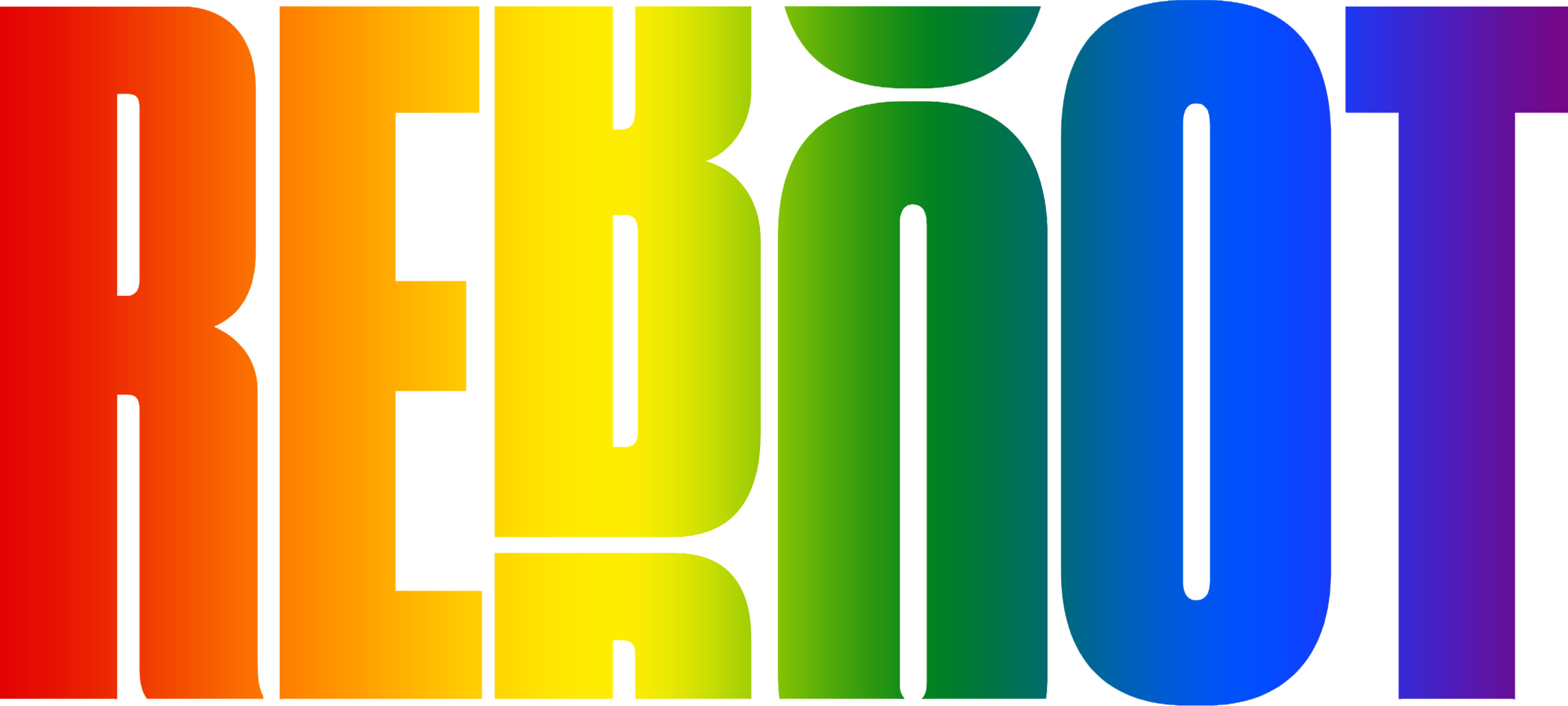
The holiday Tu Bishvat is an arboreal celebration also known as Rosh HaShana La’llanot, literally “New Year of the Trees.” In contemporary Israel, the day is recognized as an ecological awareness day, and trees are planted in celebration. It is a reminder of our interdependence with nature and our responsibility to be active stewards of our earth. What was historically considered a minor holiday, the message of Tu Bishvat has garnered greater significance as the crisis of climate change shapes the world.
The holiday occurs annually on the 15th day of the Hebrew month of Shevat. In 2021, Tu BiShvat began at sunset on January 27 and ended in the evening of January 28.
Tu BiShvat is not mentioned in the Torah. Scholars believe the holiday was originally an agricultural festival, corresponding to the beginning of spring in Israel. But after the destruction of the Second Temple in 70 C.E. and the exile that followed, many of the exiled Jews felt a need to bind themselves symbolically to their former homeland. Tu Bishvat served in part to fill that spiritual need; a sort of physical association with the land.
In the 16th century, the Kabbalists (mystics) of Tzfat (the city of Safed) created a new ritual to celebrate Tu B’Shevat called the Feast of Fruits. Modeled on the Passover seder, participants would read selections from the Hebrew Bible and Rabbinic literature, and would eat fruits and nuts traditionally associated with the land of Israel: wheat, grapes, barley, figs, pomegranates, olives, and dates.
In 2018, Reboot partnered with Save the Redwoods League and held a free event at the Heroes Grove in Golden Gate Park to commemorate the holiday. It included musical performances by Paula Frazer and Greg Moore, Geographer, Jeremiah Lockwood, and Zach Rogue (Rogue Wave). During Zach Rogue’s performance, he asked the crowd to gather in a tight knit group and hum in an extended chant together in the key of C – the note in which the universe resonates. The event opened the centennial celebration for Save the Redwoods, which since 1918 has worked to protect more than 200,000 acres of redwoods and provided educational programs for nearly a half-million kids.
Other than plant trees and eat fruit, there are other symbolic ways to observe the holiday, such as picking fresh fruits and vegetables at a local farm, starting an herb garden, building a birdhouse to hang in a tree, and even organizing a park clean-up to collect litter.
